Uncover How 8 Renowned Artists Transformed Their Careers Through the Secret Power of the New Deal
Ever wonder how a government job program from the Great Depression not only fixed roads but also helped craft some of the 20th century’s most iconic art? Enter the Works Progress Administration (WPA)—the unsung hero of Franklin Roosevelt’s New Deal that didn’t just build bridges but also built careers for over 8.5 million Americans, including a bunch of artists you’ve definitely heard of. The Federal Art Project, a massive subdivision of the WPA, wasn’t just about masterpieces on pedestals—it was about making art a living, breathing part of everyday life. Curious how these artists went from paycheck to posterity? Let’s dive into the fascinating world where New Deal infrastructure meets brushstrokes and murals, showcasing talents from Willem de Kooning to Augusta Savage. Ready for a brush with history and a splash of culture? LEARN MORE
One crucial part of Franklin Roosevelt’s New Deal was the Works Progress Administration (WPA), an organization that created jobs for more than 8.5 million Americans during and after the Great Depression. The WPA is often associated with infrastructure endeavors, from roads and bridges to parks. But it also employed artists across a number of different programs, the largest being the Federal Art Project.
The project, launched in 1935, had separate divisions for mural painters, easel painters, sculptors, graphic artists, and more. It also enlisted people to teach art classes and run community art centers. Though the project did produce plenty of masterpieces, national director Holger Cahill emphasized that its purpose wasn’t to do so. “The organization of the Project has proceeded on the principle that it is not the solitary genius but a sound general movement which maintains art as a vital, functioning part of any cultural scheme,” he said. “Art is not a matter of rare, occasional masterpieces.”
The Federal Art Project ensured steady wages for thousands of artists and generated hundreds of thousands of artworks, many for display in public buildings. Some of the 20th century’s most celebrated artists were once on the payroll—here are eight names that art aficionados should recognize.
- Willem de Kooning
- Jackson Pollock
- Mark Rothko
- Charles Alston
- Augusta Savage
- Berenice Abbott
- Eitaro Ishigaki
- Louise Nevelson
Willem de Kooning

In 1935, Dutch abstract expressionist Willem de Kooning quit his day job as a window display designer for a New York City shoe store chain and joined the Federal Art Project. Though the murals he worked on never got painted to scale, the image above shows a small treatment—or study, in artists’ parlance—for one intended for a federal housing project in Williamsburg, Brooklyn. Working for the WPA allowed de Kooning to envision a life where painting was his main job, rather than a side gig. “After the project I decided to paint and do odd jobs on the side,” he said in a 1959 interview. “The situation was the same, but I had a different attitude.”
Jackson Pollock

Jackson Pollock worked in the Federal Art Project’s easel division starting in the mid-1930s. Easel artists produced paintings for government buildings—one painting every four to eight weeks or so, depending on the size. Most of Pollock’s contributions have been lost to history, in large part because Federal Art Project artists were told not to sign their work. But Pollock appreciated the paychecks: In a 1950 interview for The New Yorker, he said he was “grateful to the WPA, for keeping me alive during the thirties” [PDF].
Mark Rothko

Mark Rothko, yet another now-famous abstract expressionist, began making paintings for government buildings for a more selective WPA program under the Treasury Department: the Treasury Relief Art Project. When it downsized, he was transferred to the Federal Art Project’s easel division. Rothko’s wife, jewelry designer Edith Sachar Carson, once said that Rothko considered the WPA “a Godsend to so many artists who really needed help.”
You Might Also Like …
Add Mental Floss as a preferred news source!
Charles Alston

Charles Alston was one of the Harlem Renaissance’s most famous artists. When the Federal Art Project assigned him to make murals for Harlem Hospital in 1935, he became the program’s first-ever Black supervisor. His two works, Modern Medicine and Magic in Medicine, along with other Harlem Hospital murals, were restored and relocated to a new patient pavilion in 2012. Alston is also remembered for his 1970 bust of Martin Luther King Jr., which in 1990 became the first image of a Black American ever displayed in the White House.
Augusta Savage

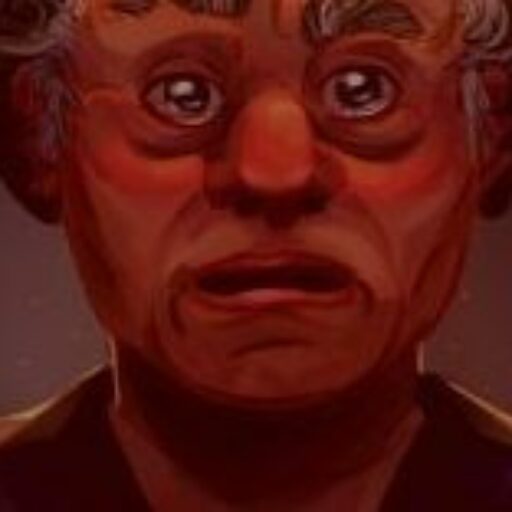
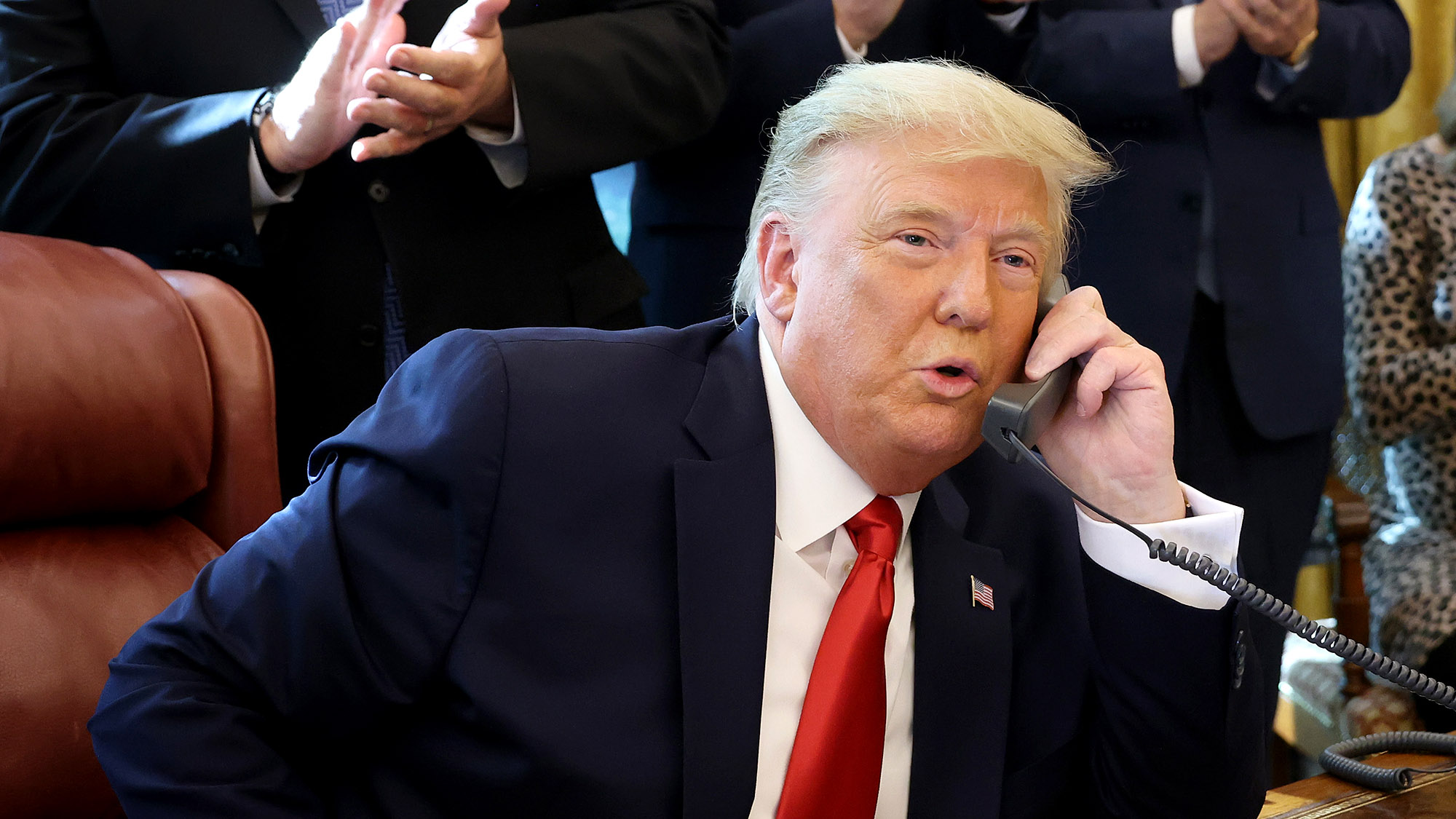





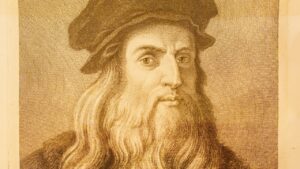

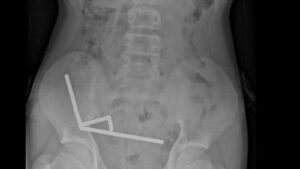

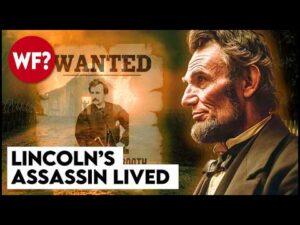
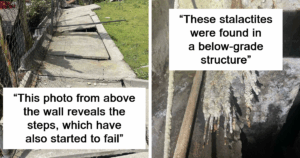


Post Comment